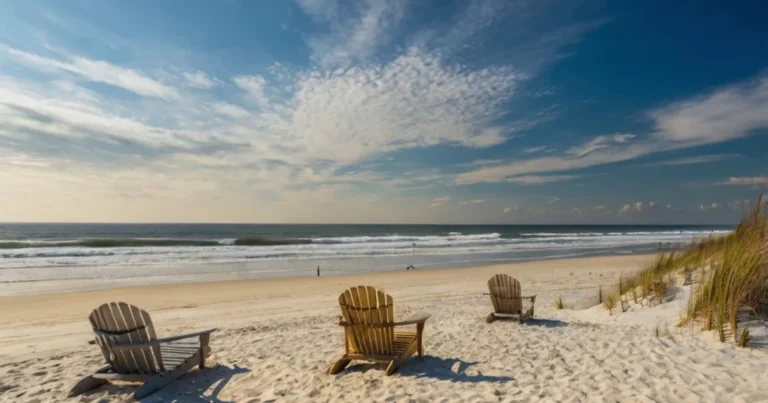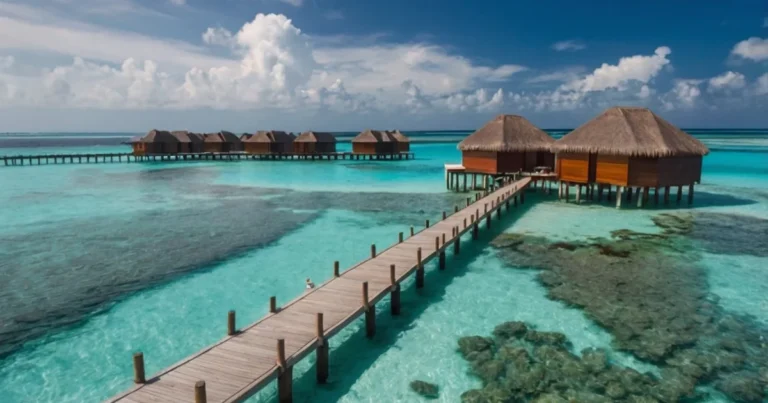20 Top Best National Parks in Canada
Introduction
Canada, with its vast and diverse landscapes, is home to some of the most breathtaking natural wonders in the world. From rugged mountains and pristine coastlines to dense forests and expansive tundras, Canada’s national parks offer a glimpse into the country’s extraordinary natural beauty. These parks are not just protected areas but are gateways to adventure, serenity, and a deeper connection with nature. In this article, we’ll explore the 20 top best national parks in Canada that should be on every nature lover’s bucket list.
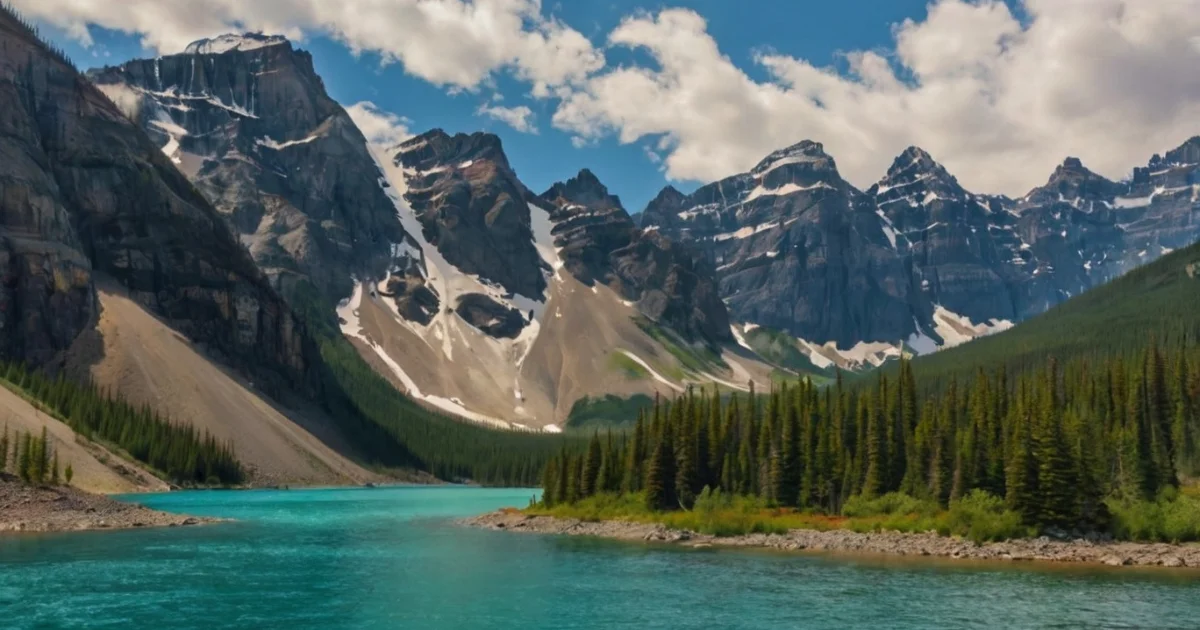
1. Banff National Park, Alberta
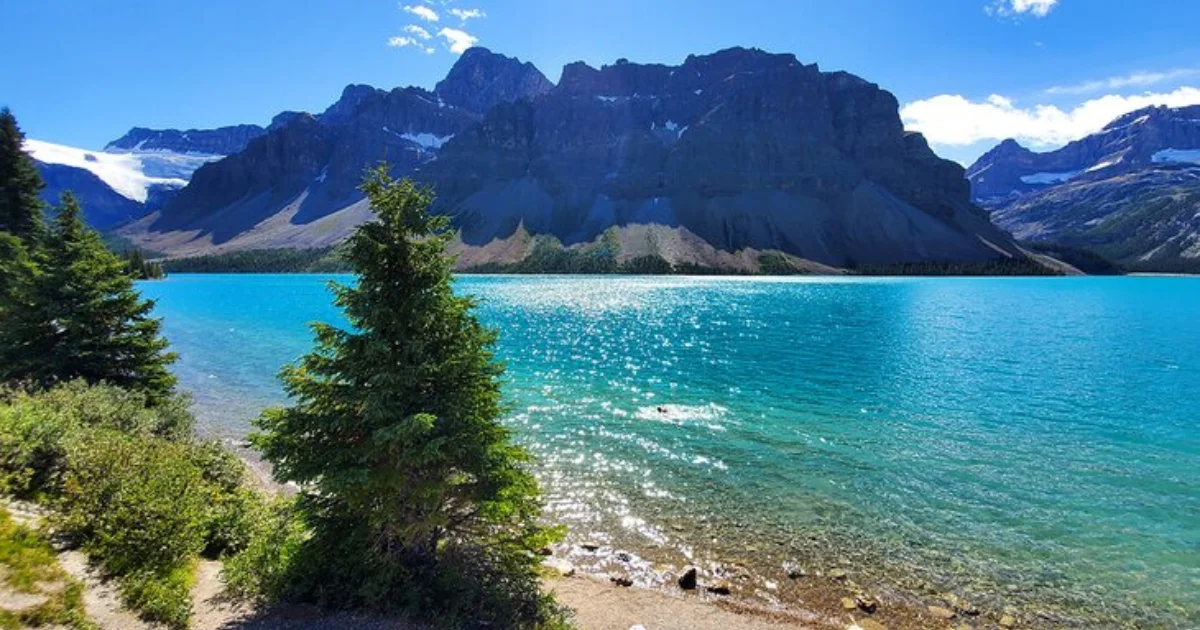
Banff National Park, established in 1885, is Canada’s oldest national park. Nestled in the heart of the Rocky Mountains, it boasts stunning landscapes, including turquoise lakes, majestic peaks, and abundant wildlife. Visitors can explore the famous Lake Louise, take a scenic drive along the Icefields Parkway, and soak in the Banff Upper Hot Springs. Whether you’re hiking, skiing, or simply taking in the views, Banff offers an unforgettable experience.
2. Jasper National Park, Alberta
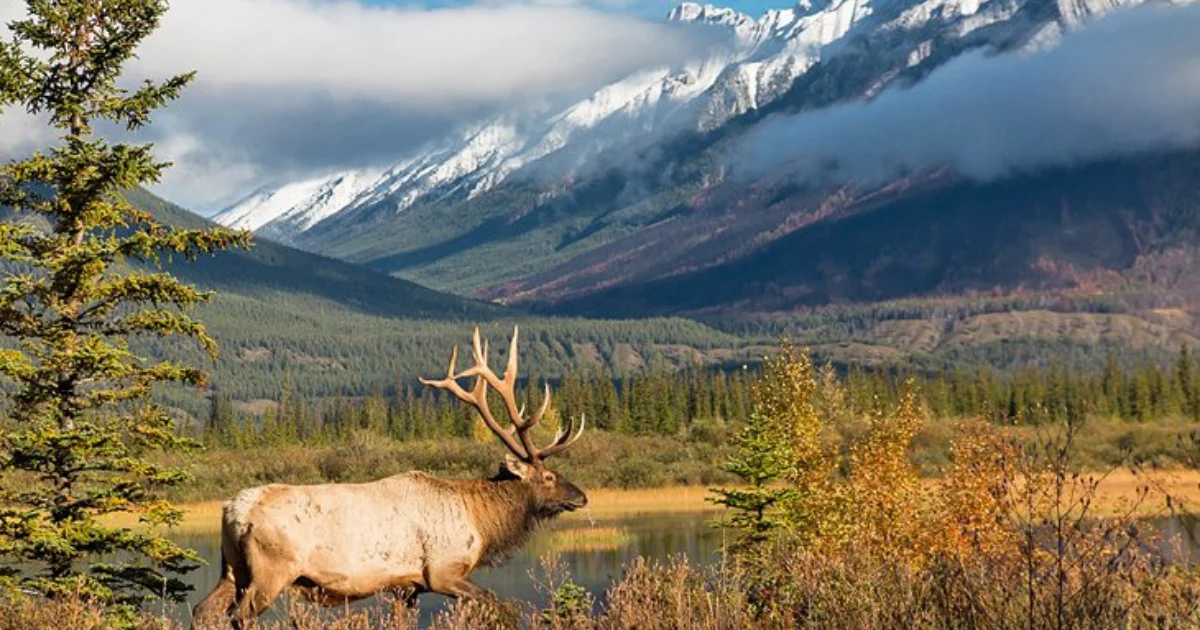
Jasper National Park, the largest in the Canadian Rockies, is known for its wild, untamed beauty. Home to diverse wildlife like elk, bears, and wolves, it provides ample opportunities for wildlife viewing. The park’s stunning features include the Athabasca Falls, Maligne Lake, and the Columbia Icefield. Adventure seekers can enjoy activities like hiking, canoeing, and stargazing in this dark-sky preserve.
3. Gros Morne National Park, Newfoundland and Labrador
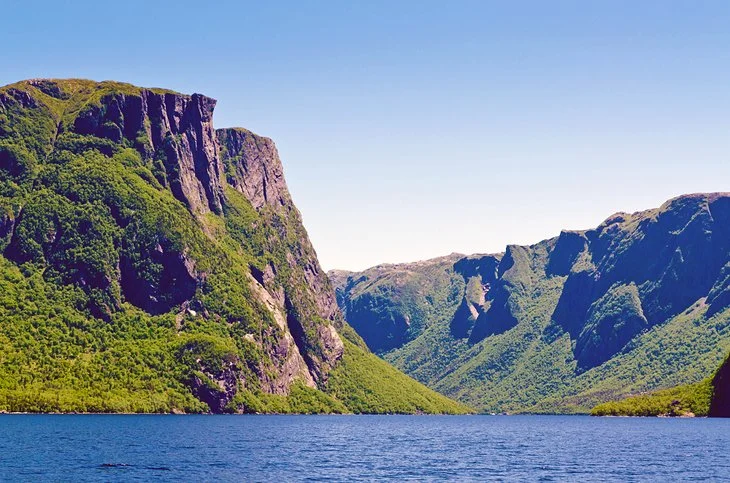
A UNESCO World Heritage Site, Gros Morne National Park is renowned for its geological significance. The park’s dramatic landscapes, including the Tablelands and Western Brook Pond, reveal the Earth’s mantle and ancient fjords. Hiking, boat tours, and exploring coastal villages offer a rich experience of the park’s natural and cultural heritage.
4. Pacific Rim National Park Reserve, British Columbia
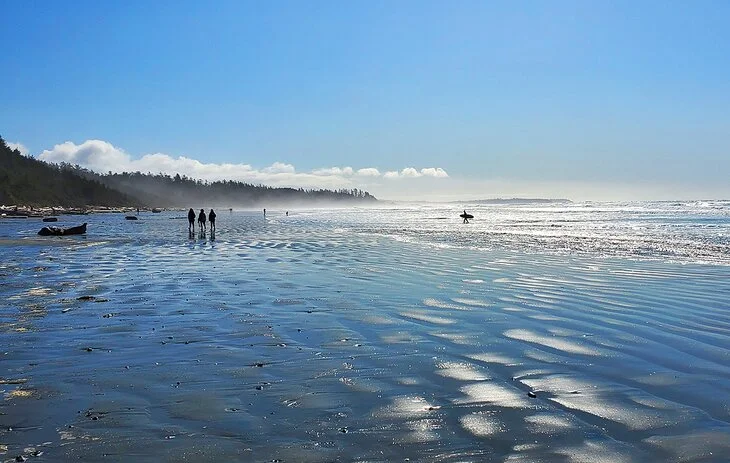
Stretching along the west coast of Vancouver Island, Pacific Rim National Park Reserve is a haven for beach lovers and surfers. Its three regions—Long Beach, the Broken Group Islands, and the West Coast Trail—offer diverse experiences from sandy beaches to challenging hikes. The park is also a great spot for whale watching, especially during the migration seasons.
5. Yoho National Park, British Columbia
Yoho National Park, located in the Rocky Mountains, is famous for its stunning natural wonders such as Takakkaw Falls, Emerald Lake, and the Burgess Shale fossils. The park offers numerous hiking trails, including the popular Iceline Trail, providing breathtaking views of glaciers and waterfalls. It’s a paradise for photographers and nature enthusiasts.
6. Kluane National Park and Reserve, Yukon
Kluane National Park and Reserve, part of a UNESCO World Heritage Site, is known for its massive glaciers and towering peaks, including Mount Logan, Canada’s highest mountain. The park is a prime destination for mountaineering, hiking, and wildlife viewing, with species like grizzly bears, Dall sheep, and wolves. Flightseeing tours offer a unique perspective of this remote wilderness.
7. Fundy National Park, New Brunswick
Fundy National Park is famous for having the world’s highest tides. Visitors can witness this natural phenomenon at the Hopewell Rocks, where tides can rise over 50 feet. The park also offers lush forests, waterfalls, and over 100 kilometers of hiking trails. Kayaking, bird watching, and exploring tidal pools are popular activities.
8. Prince Edward Island National Park, Prince Edward Island
Prince Edward Island National Park features red sandstone cliffs, sandy beaches, and rich cultural history. It’s a perfect destination for families, with activities like swimming, cycling, and bird watching. The park also preserves the historic Green Gables House, which inspired L.M. Montgomery’s famous novel, “Anne of Green Gables.”
9. Waterton Lakes National Park, Alberta
Waterton Lakes National Park, part of the Waterton-Glacier International Peace Park, offers stunning mountain scenery and diverse wildlife. Highlights include the Waterton Lakes, Red Rock Canyon, and Cameron Falls. The park’s network of trails caters to hikers of all levels, providing access to some of the most scenic spots in the region.
10. Cape Breton Highlands National Park, Nova Scotia
Cape Breton Highlands National Park is known for its rugged coastal landscapes and the famous Cabot Trail, a scenic drive offering breathtaking views of the Atlantic Ocean. The park’s diverse habitats support a variety of wildlife, including moose and bald eagles. Hiking trails like Skyline Trail offer panoramic views of the coastline and the highlands.
11. Auyuittuq National Park, Nunavut
Auyuittuq National Park, meaning “the land that never melts,” is located in the Arctic wilderness of Nunavut. It features dramatic fjords, glaciers, and the iconic Mount Thor, known for its sheer vertical drop. The park is ideal for experienced adventurers seeking activities like glacier trekking and backcountry skiing.
12. Wood Buffalo National Park, Alberta/Northwest Territories
As Canada’s largest national park, Wood Buffalo spans over 44,000 square kilometers. It protects a unique mix of ecosystems, including boreal forests, plains, and wetlands. The park is a sanctuary for wildlife such as bison, whooping cranes, and wolves. Visitors can enjoy canoeing, hiking, and stargazing in this remote wilderness.
13. Nahanni National Park Reserve, Northwest Territories
Nahanni National Park Reserve is a UNESCO World Heritage Site known for its spectacular landscapes, including the South Nahanni River, Virginia Falls, and hot springs. The park offers thrilling adventures like white-water rafting, canoeing, and hiking through deep canyons and rugged terrain.
14. Riding Mountain National Park, Manitoba
Riding Mountain National Park encompasses diverse ecosystems from grasslands to forests and lakes. It is home to a variety of wildlife, including black bears, moose, and bison. The park offers numerous recreational activities such as hiking, cycling, and swimming, making it a great destination for outdoor enthusiasts.
15. Kootenay National Park, British Columbia
Kootenay National Park offers a unique blend of rugged landscapes, from hot springs to glacier-fed rivers. Highlights include the Radium Hot Springs, Marble Canyon, and the Paint Pots. The park’s trails provide access to breathtaking scenery and diverse wildlife, making it a haven for hikers and nature lovers.
16. Bruce Peninsula National Park, Ontario
Bruce Peninsula National Park is known for its stunning limestone cliffs, clear turquoise waters, and unique flora. The Grotto, a sea cave with a pool of blue water, is a popular attraction. The park’s diverse ecosystems offer excellent hiking, bird-watching, and scuba-diving opportunities.
17. La Mauricie National Park, Quebec
Located in the Laurentian Mountains, La Mauricie National Park features over 150 lakes and lush forests. The park is a year-round destination, offering activities such as canoeing, hiking, and cross-country skiing. Autumn brings a spectacular display of fall colors, making it a great time to visit.
18. Elk Island National Park, Alberta
Elk Island National Park is dedicated to the conservation of bison and other wildlife. Visitors can see bison herds, elk, and beavers in their natural habitats. The park offers serene nature walks, picnicking areas, and stargazing opportunities, as it is a designated dark-sky preserve.
19. Gwaii Haanas National Park Reserve, British Columbia
Gwaii Haanas National Park Reserve protects the natural and cultural heritage of the Haida Gwaii archipelago. Visitors can explore ancient Haida village sites, see totem poles, and experience the region’s rich biodiversity. Kayaking, boat tours, and hiking are popular ways to discover the park’s beauty.
20. Thousand Islands National Park, Ontario
Thousand Islands National Park is an archipelago of over 20 islands in the St. Lawrence River. It offers a unique blend of land and water activities, including boating, kayaking, and exploring scenic islands. The park’s rich biodiversity and historic sites make it a fascinating destination for nature and history enthusiasts.
Conclusion
Canada’s national parks are a testament to the country’s commitment to preserving its natural heritage. Each park offers a unique experience, from the towering peaks of the Rockies to the serene shores of the Atlantic. Whether you’re an avid adventurer or a casual nature lover, Canada’s national parks provide endless opportunities to connect with nature and create unforgettable memories.
FAQs
1- What is the best time to visit Canada’s national parks?
Ans: The best time to visit depends on the park and the activities you enjoy. Generally, summer (June to August) offers the warmest weather and the most accessible trails and facilities. For winter sports, visit from December to March.
2- Are there any entry fees for national parks in Canada?
Ans: Yes, most national parks in Canada charge an entry fee. Prices vary depending on the park and the duration of your visit. Annual passes are also available for frequent visitors.
3- What wildlife can be seen in Canadian national parks?
Ans: Canadian national parks are home to a wide range of wildlife, including bears, moose, elk, bison, wolves, and numerous bird species. Marine parks may also offer sightings of whales, seals, and seabirds.
4- Can I camp in Canada’s national parks?
Ans: Yes, camping is a popular activity in many Canadian national parks. Parks offer various camping options, from backcountry sites to fully serviced campgrounds. Reservations are recommended, especially during peak seasons.
5- Are pets allowed in Canada’s national parks?
Ans: Pets are generally allowed in Canadian national parks but must be kept on a leash and under control at all times. Certain areas, such as beaches and backcountry trails, may have specific restrictions, so it’s best to check park regulations before your visit.


